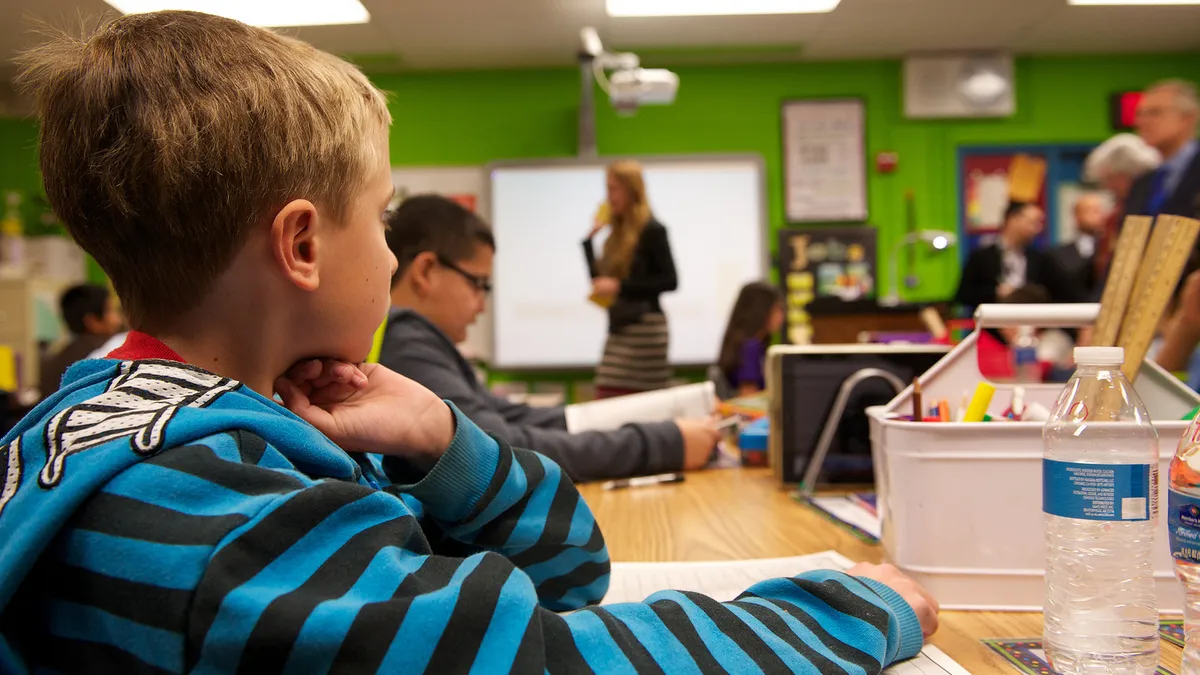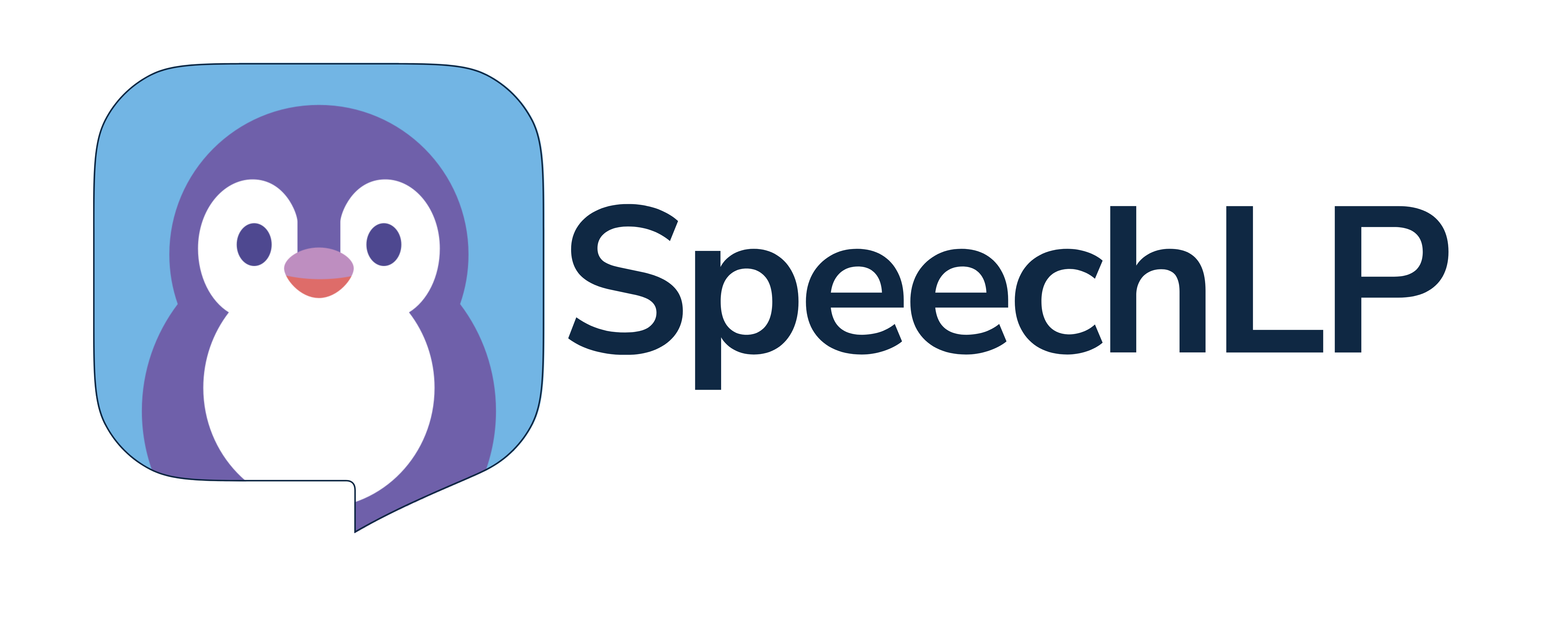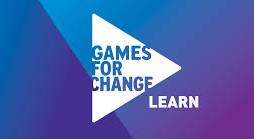Dive Brief:
- An increasingly digital classroom environment necessitates a greater focus on critical thinking, and eSchool News offers four suggestions on how educators can update their approaches to meet those needs.
- Among those suggestions is explaining to students the positive impact of thinking critically in a world where anyone can have their opinions or claims published online, as well as breaking down processes students can use when analyzing that content for validity.
- Educators can also highlight how critical thinking helps with making responsible and ethical decisions based on the information presented, and they can make learning to think critically fun by having them test their knowledge in real-world settings via interactions with people from different backgrounds or viewpoints.
Dive Insight:
Progress on critical thinking, or a lack thereof, has been a key concern of many for several years due to increased focus on standardized testing and the rote memorization required to perform well on those exams. The proliferation of digital materials in education has brought renewed focus to the importance of critical thinking— particularly as concerns abound regarding biased and "fake" news. On top of needing to discern between real news, satire, and maliciously false content, students must also now be taught to question photo and video thanks to the increasing availability of software easing the manipulation and editing of that content.
As one of the most consistent factors in a student's daily life, educators have a key opportunity as role models to encourage pupils to think beyond the surface on any content, idea or other piece of information they're presented with. A recent survey of millennials by Boston-based ed tech company MindEdge, however, found that only 24% of respondents could correctly answer a series of questions focused around identifying fake news. With that in mind, strengthening media literacy lessons would be a great starting point in building stronger critical thinking foundations.














